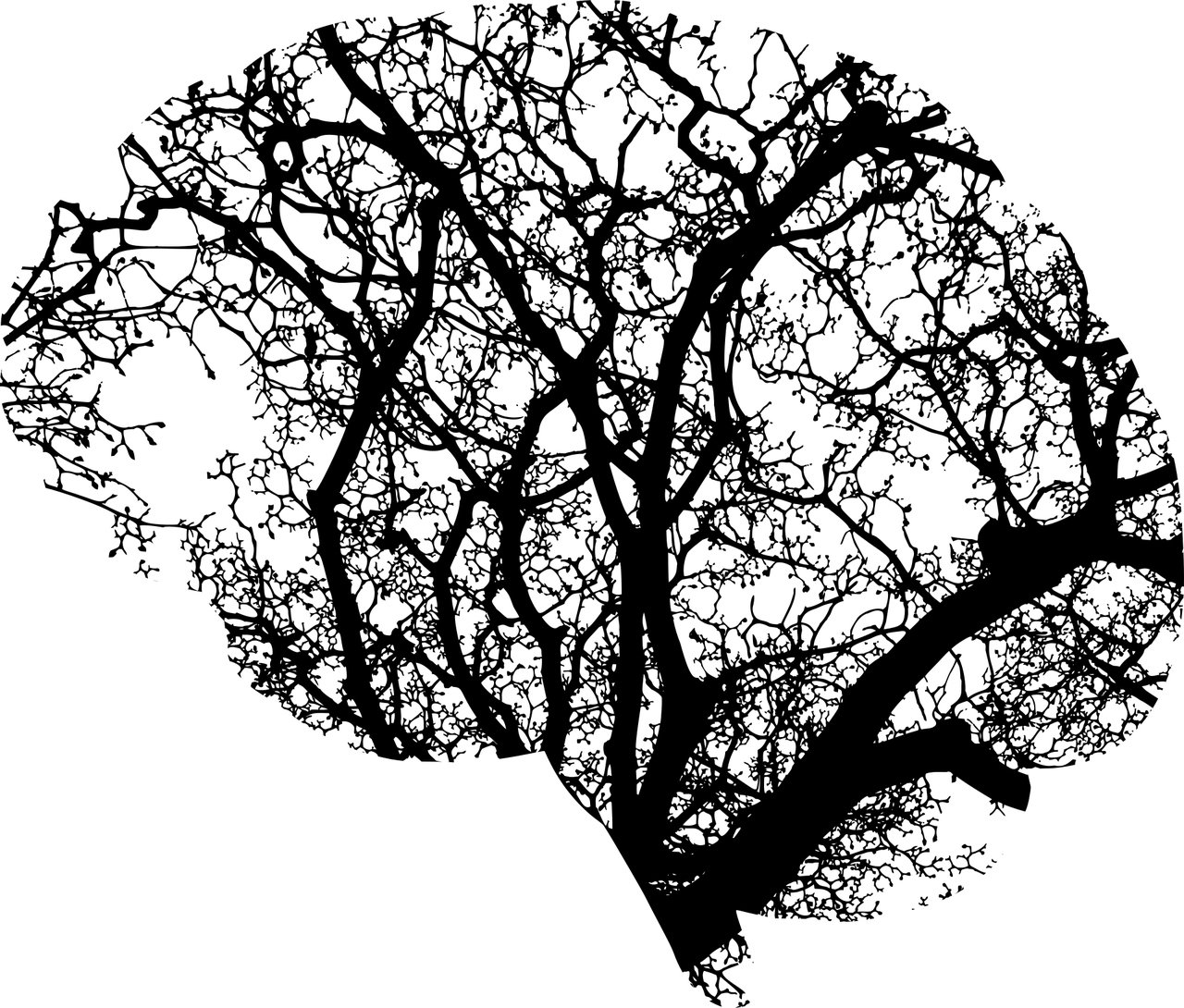Dr Nicholas Evans is a Clinical Lecturer in Geriatric and Stroke Medicine at the University of Cambridge and an Honorary Specialist Registrar in Geriatric and Stroke Medicine at Addenbrooke’s Hospital. He is Chair of the British Association of Stroke Physicians Trainee Committee. Here he discusses his Age and Ageing paper Clinical frailty independently predicts early mortality after ischaemic stroke.
Geriatricians play a key role in Stroke Medicine. Alongside neurologists and rehabilitation physicians, geriatricians bring a vital skill to the management of stroke; an understanding of frailty. Frailty, the decreased physiological reserve to withstand a stressor event, is widely recognised to influence morbidity and mortality across a range of medical conditions. However, despite stroke being an archetypal stressor event, to date there has been little research into how pre-stroke frailty influences outcomes after stroke.
Like the rest of the UK, the East of England faces an ageing population, with a 28% increase in the number of people aged over 70 years predicted in the next decade. At our centre, the average age of people presenting with a stroke is 78 years. Yet this number tells only part of a story; the 78 year-old presenting one day may be energetic and independent, whilst the 78 year-old presenting the following day may be debilitated and dependent. We can all think of individuals where the physiological age is incongruent with the chronological age, and how two individuals of the same age are markedly different in their level of frailty. We can also think of times where we use this recognition subconsciously to inform our ‘end of the bed’ prognostications, but how reliable are these assessments and what do they mean for post-stroke outcomes?
In this paper we evaluated how pre-morbid frailty, as measured by the Clinical Frailty Scale (CFS), was associated with outcomes after ischaemic stroke. Broadly in-keeping with findings in other conditions, we found that frailty was associated with a three-fold increase in 28-day mortality on univariable analysis. This association remained significant after adjustment for stroke severity, age, thrombolysis, and vascular risk factors, with a 3% increase in 28-day mortality with each one-point increase in the CFS.
The outcomes of this study also suggest that frailty influences not only the natural history of ischaemic stroke, but may also play a role in the response to treatment. Many of us recall a time when thrombolysis was restricted to those aged under 80 years, and how the removal of this criterion meant that older, but relatively robust, individuals could benefit from hyper-acute reperfusion therapies. These results support this approach: we found that non-frail (CFS 1-4) individuals showed a significant improvement in stroke severity scored on the National Institutes of Health Stroke Scale (NIHSS), with a reduction from a median of 12.5 to 5 following thrombolysis, yet there was no improvement in those who were frail (CFS 5-8) where the median NIHSS went from 15 to 16. Again, this result remained significant after adjustment for stroke severity, age, and cardiovascular risk factors, with each one-point increase in CFS associated with an approximate one-point attenuation in NIHSS improvement after thrombolysis.
Recognition that the role of frailty is independently associated with stroke outcomes reflects a core tenet of the geriatrician; that age and frailty are not synonymous. Our results support the holistic approach of the geriatrician in considering how the individual’s state before their stroke affects the individual they are after it, and how this must be considered as distinct from chronological age. There may also be implications for the use of frailty, rather than age, as a variable in research, as well as its incorporation into routine clinical assessment of acute stroke. As geriatricians, it is important that we advocate this message and combat nihilistic ageism. There is little we can do about the number of times an individual has gone round the sun, but frailty represents an important target to promote healthy ageing and improve outcomes after stroke.
